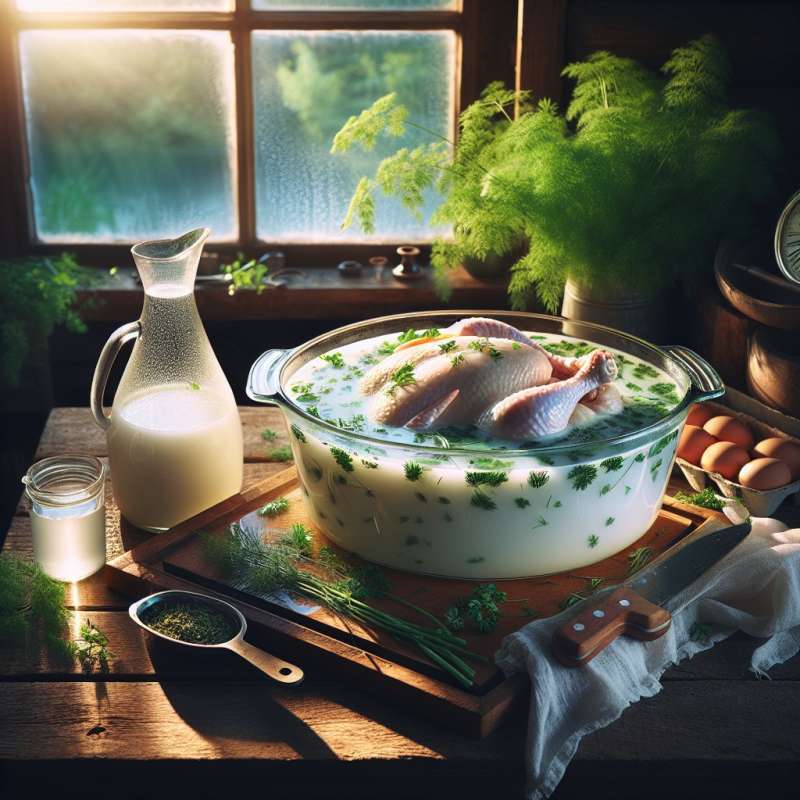
Choose Your Chicken Wisely
Opt for smaller chickens around 3-4 pounds. They cook more evenly and provide tender meat. Heritage or organic chickens tend to have better flavor due to their quality of life and diet.
Brining is Key
Brine your chicken to maintain moisture. Use a simple saltwater solution or get creative with buttermilk, which tenderizes the meat and adds a tangy flavor profile. Brine for at least 4 hours, preferably overnight.
Seasoning Matters
Don't just salt your breading; season the chicken directly. Use a mix of garlic powder, paprika, black pepper, and thyme. Seasoning the meat ensures flavors penetrate beyond the crust.
Perfecting the Crust
Double-dipping is the secret. Dip your chicken in flour, then buttermilk, then flour again. The double coat creates a craggier, crunchier texture. Let it sit for a few minutes before frying to let the crust set.
Temperature Control
Fry at a steady 350°F (175°C). Use a thermometer to maintain the oil temperature. Too hot, and the crust burns before the inside cooks; too cool, and the chicken absorbs excess oil, becoming greasy.
Cooking Method
Don't overcrowd the pan; it lowers the oil's temperature. Cook in batches if necessary. Turn the pieces occasionally for even browning. It typically takes 12-15 minutes for dark meat, 8-12 for white.
Rest and Serve
Let the chicken rest on a wire rack for about 10 minutes to allow excess oil to drain and the juices to redistribute. This rest period helps maintain a crispy crust while ensuring a juicy interior.Chicken in Space
NASA once considered sending chickens to space to study the effects of microgravity on poultry farming. The idea was eventually scrapped for logistical reasons.
What size chicken is best?
Large, over 5 pounds
3-4 pounds for even cooking
Any size, doesn't matter
Company